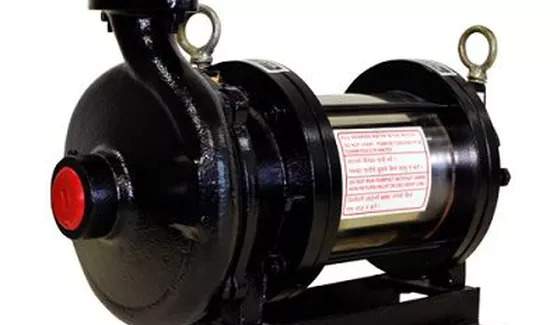
Features and Types of Gensets
Gensets or generators have two kinds of use: residential and industrial. There are also different types of gensets. Which to choose depends on your particular need.
Types: Single Phase Power Or 3 Phase Power
Generators produce either single or three phase power. The choice of which type suits your need is determined by your consumption of power. In case you don’t operate electrical motors above 5 horse power, the ideal choice would be a single phase generator for meeting your power needs. Single phase generators are suitable for home owners.
Commercial or industrial applications of gensets can be typically served only by 3 phase power. Three phase genset is best industrial genset which produces typically one of 2 choices of voltage: 120/ 208 volts or 277/480 volts.
Choice of Fuel for Your Genset: Gas or Diesel?
Such a question is closely tied with cost of generator and the expected operating hours. As regards home owners who expect only sporadic or few uses of the genset, the affordable and economic choice is that of gas. But for industrial applications, the better choice is diesel.
Diesel generators will be better suited thanks to their low cost of operations and longevity especially if your need is for frequent use and for prolonged periods. The modern diesel gensets of today are quiet, and typically, need much less maintenance compared to similar sized gas (propane or natural gas) units. Cost of fuel per KW produced with diesel is typically 30% to 50% less than gas units.
A water cooled diesel unit of 1800 rpm operates on an average of 12 to 30,000 hours, prior to any need of maintenance. A water cooled gas unit of 1800 rpm operates typically for 6 to 10,000 hours, since they are based on a lighter duty gasoline engine block. Since the gas units burn hotter (because of higher Btu of fuel) they have substantially shorter lives than diesel units. If you expect only a few hours of outages of power in some times, the choice is evident- Gas.
Operating Speed of Gen Set Engine
A crucial challenge for a generator is to output clean electricity. It is vital to run it regularly. All electric equipment is designed to make use of power with a fixed frequency: 60 Hz (Hertz) in Canada and US and 50 Hz in Australia and Europe.
The generator’s output is determined by an engine speed that is fixed. To generate 60 Hz electricity, majority of enginesfunction at 1800 or 3600 RPM (Rotationsper Minute).
Each of these two speeds has its own pros and cons. Four pole sets of 1800 RPM are least expensive and most common. They provide the best balance of engine life, cost, efficiency and noise. Two pole sets of 3600 RPM are lightweight and smaller and best suited for light duty, portable applications.
The operating speed of gensets can be compared with a car driven at 100 mph or 50 mph. A 50 mph car will run quieter, last longer and require less maintenance. The same is applicable to gen set engines. Majority of 3600 rpm units are twin cylinder lawn mower engines that are air cooled. But water cooled 1800 rpm units are comparable to engines used in tractors and forklifts.

